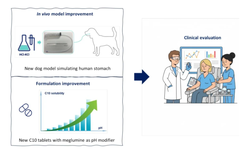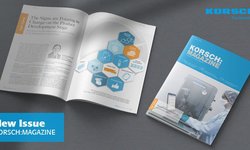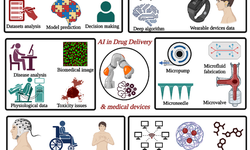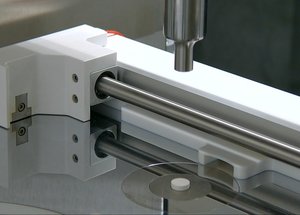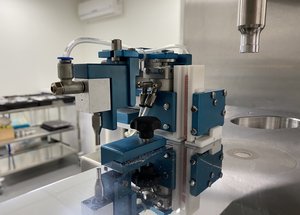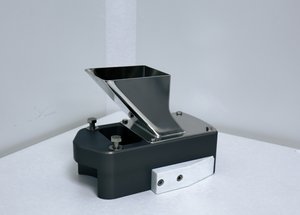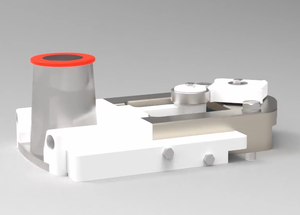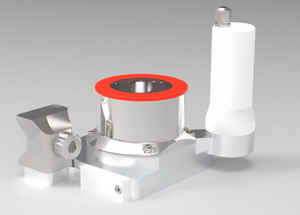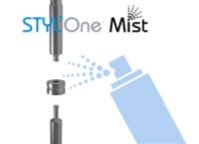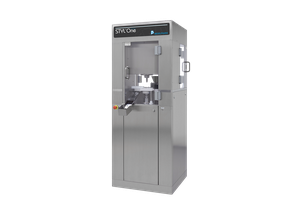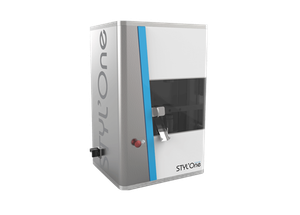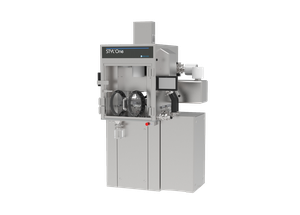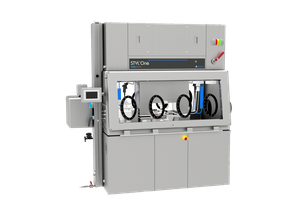Advances in the oral delivery of protein and peptide drugs
The article "Advances in the Oral Delivery of Protein and Peptide Drugs" from Pharma Excipients discusses the significant challenges and recent innovations in formulating oral dosage forms for protein and peptide drugs (PPDs). These biologics are highly effective treatments for conditions like cancer, diabetes, and autoimmune disorders but face substantial barriers to oral bioavailability. Key obstacles include rapid enzymatic degradation in the gastrointestinal tract, poor intestinal permeability due to their hydrophilic and high-molecular-weight nature, and denaturation in acidic gastric environments.
To overcome these challenges, the article highlights several advanced strategies:
- Nanocarrier Systems: Lipid-based carriers such as liposomes and polymeric nanoparticles, as well as mucoadhesive systems like mesoporous silica, offer enzymatic protection and controlled release.
- Enteric Coatings: Materials like chitosan and thiolated polymers help prolong intestinal residence and protect PPDs from acidic conditions.
- Permeation Enhancers: Agents such as pH-responsive polymers (e.g., Eudragit®) facilitate site-specific delivery to the small intestine.
- Targeted Transport: Utilizing compounds like SNAC (used in oral semaglutide), medium-chain fatty acids, or zonula occludens toxin can transiently open tight junctions to enhance absorption.
- Chemical Modifications: Techniques like receptor-mediated uptake (e.g., FcRn, vitamin B12 conjugation), PEGylation, cyclization, or D-amino acid substitution help resist proteolysis.
- Co-administration of Protease Inhibitors: Compounds such as aprotinin or soybean trypsin inhibitor can protect PPDs from enzymatic degradation.
These innovative approaches aim to improve the oral delivery of PPDs, making treatments more accessible and convenient for patients.
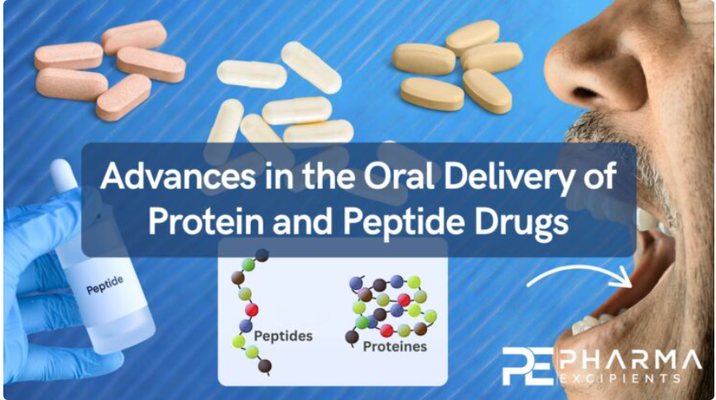
Comments
No comments posted yet.


